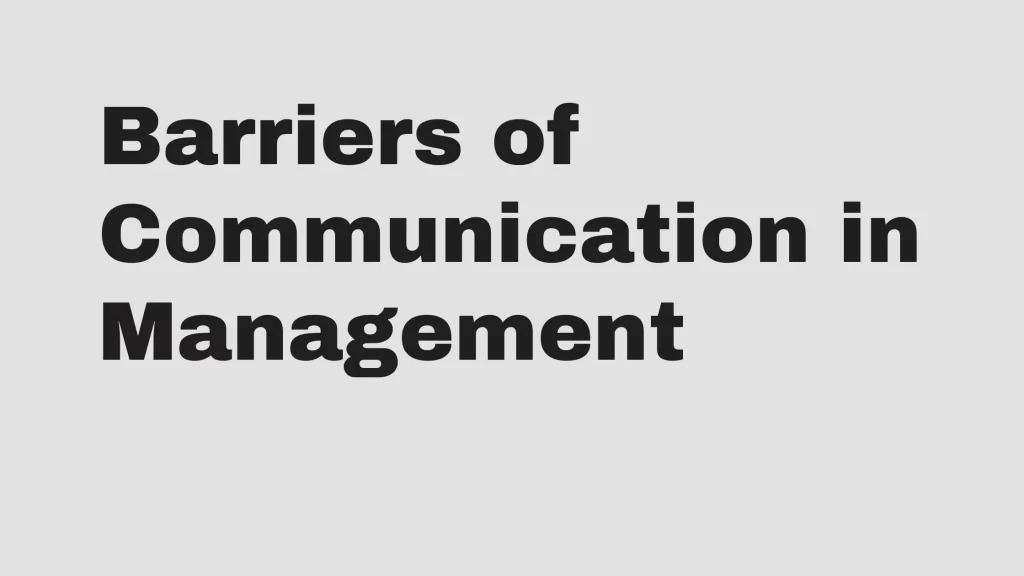In the fast-paced world of healthcare, effective communication is a critical component for success. This is particularly true in the high stakes environment of the operating theatre, where clear, concise communication can be the difference between life and death. However, it’s not always smooth sailing.
A study conducted in Lagos State, Nigeria, revealed that 41.9% of healthcare personnel had only a fair understanding of communication and teamwork in the operating theatre. This lack of knowledge is concerning, given the crucial role these elements play in patient safety.
Barriers to communication in the operating theatre include hierarchical structures that may inhibit open dialogue and environmental factors such as noise and distractions that impede clear communication.
Contents
Common Barriers to Communication in the Operating Theatre
In the pulsating environment of the operating theatre, clear communication is key. However, there are some evident barriers that hinder effective communication and teamwork, paving the way for potential safety issues.
Individual bias is one predominant barrier, coloring our interpretation and understanding of the information. It may skew our perception, creating unnecessary communication gaps.
Pressure to complete work and workload tops the list as well. The fast-paced, high-pressure environment often results in hasty, unclear communication.
Poor leadership and lackadaisical attitudes can stifle the efficacy of interprofessional communication as well, preventing a conducive atmosphere that fosters active listening and discussion.
Conflict of interest is another barricade, compromising the authenticity and clarity of communication, as individuals may prioritize personal interests over team or patient needs.
Looking into the patterns of communication, the majority (99.5%) of respondents in a Lagos State study reported communicating through written, spoken words, or visual media. Additionally, 99.1% communicate with other theatre personnel, regardless of their hierarchies. It’s worth noting that 90.7% reported that upward communication from patients to surgical team members is a common occurrence. However, only 8.7% communicated through telephone conversations within the theatre—indicating there is room for improved communication avenues.
| Communication Methods | Percentage (%) |
|---|---|
| Written/Spoken/Visual media | 99.5 |
| Hierarchical communication | 99.1 |
| Upward patient communication | 90.7 |
| Telephone conversations | 8.7 |
Impact of Poor Communication in the Operating Theatre
Proper communication serves as the backbone of patient care, especially in the challenging environment of an operating theatre. But, what happens when this communication falters? The repercussions can be far-reaching and severe, primarily affecting patient safety and resulting in surgical errors. These damaging consequences underscore the importance of effective, clear, and well-organized communication in healthcare.
Patient Safety
Patient Safety is a global public health concern. It stands at a precarious junction, threatened further by the ongoing pandemic, and laid bare the inadequacies of health systems. Unsafe practices, risks, and errors contribute to patient harm and a colossal economic burden. Issues range from medical, diagnostic, and radiation errors, to healthcare-associated infections, unsafe surgical procedures and transfusion practices, sepsis, venous thromboembolism, and falls.
Improving patient safety is an endeavor requiring the combined efforts of all healthcare teams and anyone coming in contact with the patient. It’s essential to nurture an attitude of inclusivity and foster this notion right from the educational infancy stages. Because, when healthcare professionals function as an efficient team, patient safety is given a much-needed boost.
Surgical Errors
Inefficient communication and teamwork often culminate in Surgical Errors. A study conducted at the Ahmadu Bello University Teaching Hospital established this relationship, revealing that lack of joint training among team members was the main perceived problem associated with teamwork.
It’s appalling to note that an estimated 234 million surgical procedures are performed annually, and in developed nations, where 73.6% of procedures occur, 3.16% end in morbidity and 0.408% are fatal. A large number of these surgical errors, contributing to morbidity and mortality, can be attributed to poor communication and teamwork breakdown.
The World Health Organization further reported that problems associated with surgical safety in developed countries account for half of the unfortunate preventable adverse events that result in loss of life or disability. The compelling study findings emphasize that effective teamwork and well-organized communication skills enhance patient satisfaction and optimize clinical care outcomes.
| Surgical procedures | End in Morbidity | Fatal | |
|---|---|---|---|
| Number (annually) | 234 million | 3.16% | 0.408% |
| Location | Developed nations (73.6%) |
Strategies to Overcome Communication Barriers in the Operating Theatre
Communication is the heartbeat of surgical coordination and a critical factor affecting patient safety. Conquering communication barriers can lead to an optimized clinical care environment. In this part of the article, I will explore strategies to enhance operative communication, focusing on team training, clear communication protocols, and the utilization of technology.
Team Training and Collaboration
While tackling communication barriers in the operating theatre, team training emerges as a pivotal element. A lack of joint training among team members is frequently reported as a significant issue by healthcare professionals. However, recent studies strongly point to the effectiveness of CRM (Crew Resource Management) training in boosting teamwork skills within the surgical teams. Let’s look at some compelling data:
| Studies | Post-training Improvements |
|---|---|
| Study A | Enhanced teamwork skills after CRM training |
| Study B | Improved simulations results |
So, it’s evident that a well-structured team training program can be a powerful tool to foster collaboration and unity among surgical teams, leading to improved patient safety and satisfaction.
Clear Communication Protocols
The next strategic pointer is the establishment of Clear Communication Protocols. Regularly updating and reinforcing these can aid in streamlining the flow of crucial information and result in a well-coordinated team effort. Remember, information should be shared with all theatre personnel, irrespective of hierarchies. This two-way communication strategy bolsters mutual trust, respect, and equality among the team members, setting the stage for a positive culture that greatly reduces surgical errors.
Utilizing Technology
Lastly, embracing the advancements in technology can substantially contribute to overcoming communication hurdles. The introduction of a robotic surgical system to the operating theater, for instance, showed marked improvement in information flow and attentional resources. Likewise, computerized decision-making support has demonstrated its effectiveness in reducing inappropriate prescribing in primary care.
Moxxi – the Medical Office of the 21st Century, is an excellent example in this arena. By digitizing the decision-making process, it helps medical professionals adopt optimal care practices, leading to enhanced patient safety.
Incorporating these key strategies is certain to catalyze the transformation of communication standards in the operating theater. So, what will be the next steps? Keep reading to find out.
Conclusion
We’ve seen how vital communication is in the operating theatre. It’s the backbone of surgical coordination and patient safety. Implementing team training, particularly CRM, can significantly enhance teamwork skills. It’s also essential to establish robust communication protocols and leverage cutting-edge technology. Tools like robotic surgical systems and computerized decision-making aids, such as Moxxi, can revolutionize information flow. These strategies aren’t just about improving communication – they’re about optimizing care practices and enhancing patient safety. By embracing these methods, we’re not just breaking down communication barriers in the operating theatre, we’re raising the bar for clinical outcomes.
Boko Ducky has over 10 years of experience in helping individuals and organizations improve their communication skills.



